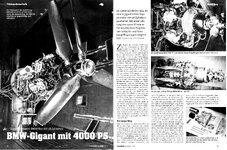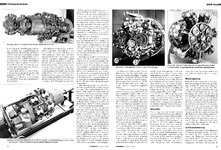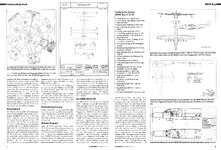C3 fuel is often listed as being in the 96-100 octane range.
The 96-100 oct was lean response, as SR6 noted. Rich response was higher, easily above 120 PN ('performance number', or 'grade' sometimes), and improving in late war.
So what was the 130/150 octane fuel called?
There was no 130/150 fuel. Standard W. Allied fuel for mid/late war was 100/130 (= 100 PN for lean mixture, 130 PN for rich mixture), in 1944 the 100/150 was introduced. Post-war, US introduced 115/145, meaning 115 PN for lean mixture and 145 for rich mixture. Leaner mixtures were used for cruising, rich mixtures were used for combat and take off.



